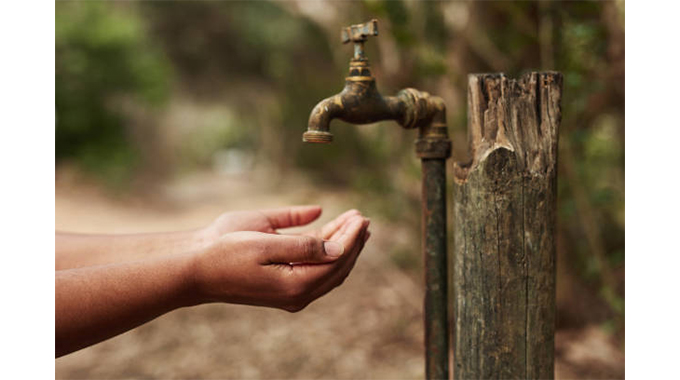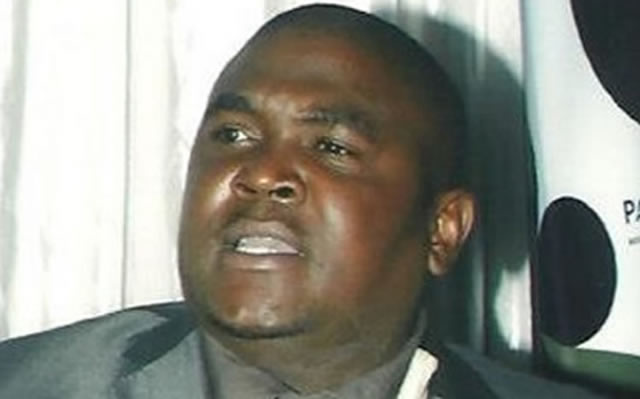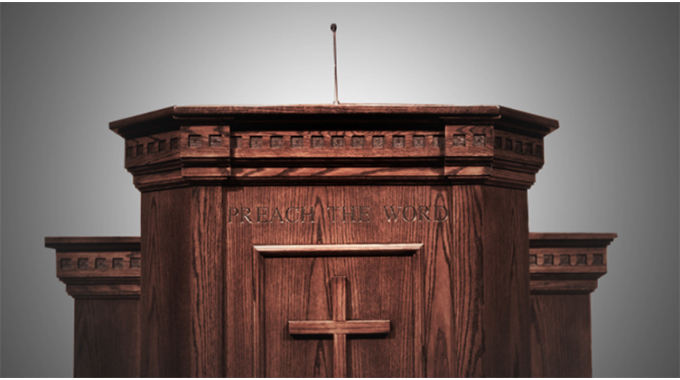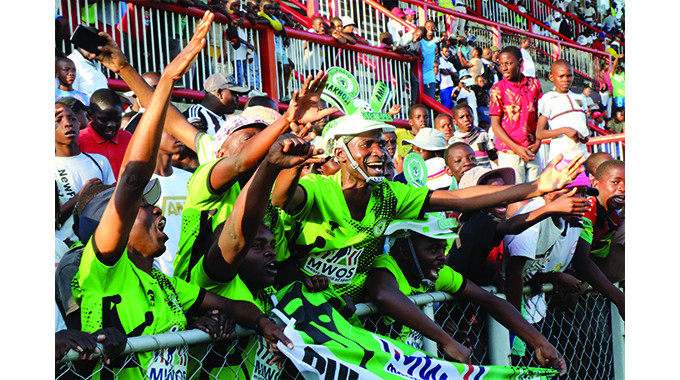Health crisis looms as Gweru water taps go dry

Patrick Chitumba, Midlands Bureau Chief
A HEALTH hazard is looming in Gweru after some suburbs have gone for a month without water.
The prevailing water crisis has forced some residents to turn to unsafe water sources such as unprotected wells and a few boreholes available thereby raising fears of outbreak of water-borne diseases such as cholera and typhoid.
In 2018, Gweru was hit by a typhoid outbreak, which claimed eight lives and infected more than 1 000 people.
Some residents are now spending nights queuing for water at boreholes. Infrastructure which was last upgraded more than 50 years ago has been blamed for the local authority’s failure to pump adequate water.
According to the Zimbabwe National Water Authority (Zinwa) weekly dam report, Gweru’s two main water sources, Gwenhoro and Amapongobwe dams are at 76 percent and 90 percent full respectively.
The Public Resource Management and Situational Report of May 2021 by Zimbabwe Coalition on Debt and Development (ZIMCODD) revealed that the local authority continues to tighten water rationing in areas around the city where some areas have gone for long without water.
Gweru City Council water engineer Praymore Mhlanga said the water treatment plant has capacity to pump 68 megalitres per day but the council is only pumping 35 megalitres.
“We already have water treatment challenges as a local authority. We have a capacity of pumping 68 megalitres a day but because of the failure of our equipment coupled with power shortages, we decided to reduce to 45 megalitres,” he said.
Eng Mhlanga said there is an urgent need to rehabilitate councils water pumping system to meet consumption of the city’s growing population.
Eng Mhlanga said power supply disruptions were also affecting the pumping.
He said there are more than 40 boreholes across the city that are providing alternative sources of water to affected residents.
Mayor Councillor Hamutendi Kombayi noted that residents have been religiously paying water bills yet they are not getting value for their money.

Hamutendi Kombayi
Clr Kombayi said it is disheartening to note that after council increased revenue collection by over 40 percent, residents were getting a raw deal.
“The revenue collection has greatly improved but that money is going to wages or salaries, paying people who are not providing the required services. I want accountability from council employees and management,” he said.
Clr Kombayi attributed the water shortages to challenges in maintaining a dilapidated infrastructure, some of which was last upgraded more than 50 years ago.
“The water situation in Gweru is mainly because of an obsolete infrastructure. The treatment plant was put in place in 1967 and has neither been upgraded nor changed despite a steady growth in the city’s population,” he said.
Gweru now has more than 30 000 properties with a population of 250 000 people.
The residents have raised fears of a disease outbreak and urged the local authority to address the situation before it gets out of hand.
“I wake up at 12 midnight two times a week to go and fetch water from a nearby borehole at Mkoba 15 shopping centre. It is quite risky given a sharp increase in robbery cases in my area,” said Ms Loveness Mutero of Mkoba 15 suburb.

Gweru City Council (GCC)
A report last year revealed that Gweru City Council is losing at least 57 percent of its treated water through burst pipes and leakages as most of its infrastructrure has outlived its lifespan.











Comments